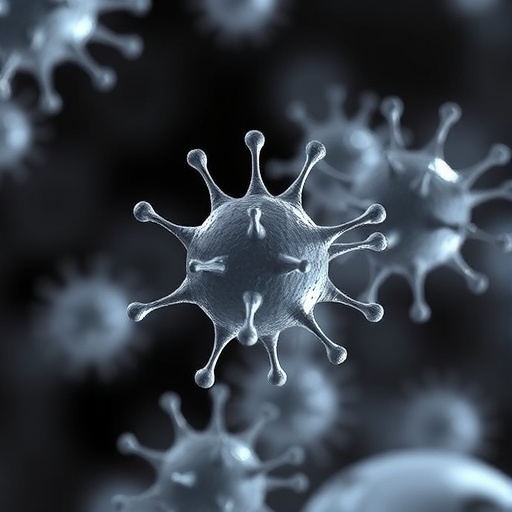Stingless bees in the Colombian Andes are adapting to a derivative of the ubiquitous insecticide ivermectin, which the bees ingest along with pollen from pasture flowers, according to a study. Over four months, Diana Obregón and her colleagues gathered bee bread from 16 wild colonies of the stingless bee Tetragonisca angustula. Colony growth was measured by colony weight changes over time. Bee bread is the compressed packet of pollen that bees create to carry back to the hive. The authors performed palynological and pesticide analysis on the bee bread, and found abamectin in 59.3% of the samples, with concentrations ranging from 9.6 to 1856 µg/kg. Concentrations at the high end of this range are thought to be lethal to bees, but colonies with high levels of abamectin were growing at similar rates to colonies with low levels of abamectin. Through manipulative experiments, the authors determined that the bees in areas where much of the land was pasture were developing tolerance to abamectin—and that the abamectin ultimately derived from the cattle anti-parasite medication ivermectin. Abamectin differs from ivermectin by only one double bond in its chemical structure. When cattle excrete ivermectin, it is taken up by plants from the soil. The plants then transform it into abamectin via desaturase enzymes. In part due to their tolerance to abamectin, bee colonies in areas with a high proportion of pasture were found to grow at the same rates as colonies in low-pasture areas, according to the authors.

Credit: Obregon et al
Stingless bees in the Colombian Andes are adapting to a derivative of the ubiquitous insecticide ivermectin, which the bees ingest along with pollen from pasture flowers, according to a study. Over four months, Diana Obregón and her colleagues gathered bee bread from 16 wild colonies of the stingless bee Tetragonisca angustula. Colony growth was measured by colony weight changes over time. Bee bread is the compressed packet of pollen that bees create to carry back to the hive. The authors performed palynological and pesticide analysis on the bee bread, and found abamectin in 59.3% of the samples, with concentrations ranging from 9.6 to 1856 µg/kg. Concentrations at the high end of this range are thought to be lethal to bees, but colonies with high levels of abamectin were growing at similar rates to colonies with low levels of abamectin. Through manipulative experiments, the authors determined that the bees in areas where much of the land was pasture were developing tolerance to abamectin—and that the abamectin ultimately derived from the cattle anti-parasite medication ivermectin. Abamectin differs from ivermectin by only one double bond in its chemical structure. When cattle excrete ivermectin, it is taken up by plants from the soil. The plants then transform it into abamectin via desaturase enzymes. In part due to their tolerance to abamectin, bee colonies in areas with a high proportion of pasture were found to grow at the same rates as colonies in low-pasture areas, according to the authors.
Journal
PNAS Nexus
Article Title
Route of exposure to veterinary products in bees: Unraveling pasture’s impact on avermectin exposure and tolerance in stingless bees
Article Publication Date
5-Mar-2024




